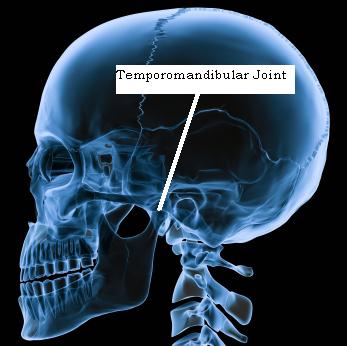TMJ
The temporomandibular joint (TMJ) is a joint located just in front of your ear. It is primarily responsible for movements of the mouth or jaw, most notably chewing and talking. Just like any other joint in our body, it is subject to pain, dysfunction and injury. It is believed that 25% of the population experiences some form of TMJ dysfunction.
Jaw Pain
Symptoms of TMJ dysfunction include pain in the face and around the ear, grinding, clicking or popping with movement and tenderness with manual palpation. Many patients with TMJ dysfunction also experience headaches. Obviously, the best way to ascertain whether you truly have TMJ dysfunction is to consult with a knowledgeable practitioner. In the meantime, try these simple tests on your own…
– Place your fingers directly in front of the opening in your ear. Open your mouth widely…do you feel any clicking or popping?
– Watch your mouth in a mirror when you open your mouth really wide…does it move straight or deviate sideways when moving?
Physiotherapy for TMJ
There are many different treatment options for TMJ disorder. The usefulness of each different treatment modality will depend on the specific nuances of each individual case. Strengthening of weak areas is often important as well as soft tissue therapy directed at overused, dysfunctional muscles. We have found that treatment using active release technique (ART) is very useful for this component of care. Other treatment adjuncts can include laser, joint mobilization, treatment of the cervical spine and postural correction.
If you’re suffering from TMJ dysfunction, please don’t hesitate to seek treatment. We have many treatment options at our Burlington Chiropractic and Physiotherapy clinic.
Email – [email protected]
References
Vinjamury SP, Singh BB, Comberiati R et al. Chiropractic treatment of temporomandibular disorders. Alternative Therapies 2008; 14(4): 60-63.
Younger JW, Shen YF, Goddard G, Mackey SC. Chronic myofascial temporomandibular pain is associated with neural abnormalities in the trigeminal and limbic systems. Pain 2010; 149: 222-228.
Yuill E, Howitt S. Temporomandibular joint: conservative care of TMJ dysfunction in a competitive swimmer. Journal of the Canadian Chiropractic Association 2009; 165-172.
Disclaimer https://burlingtonsportstherapy.com/blog/disclaimer/









